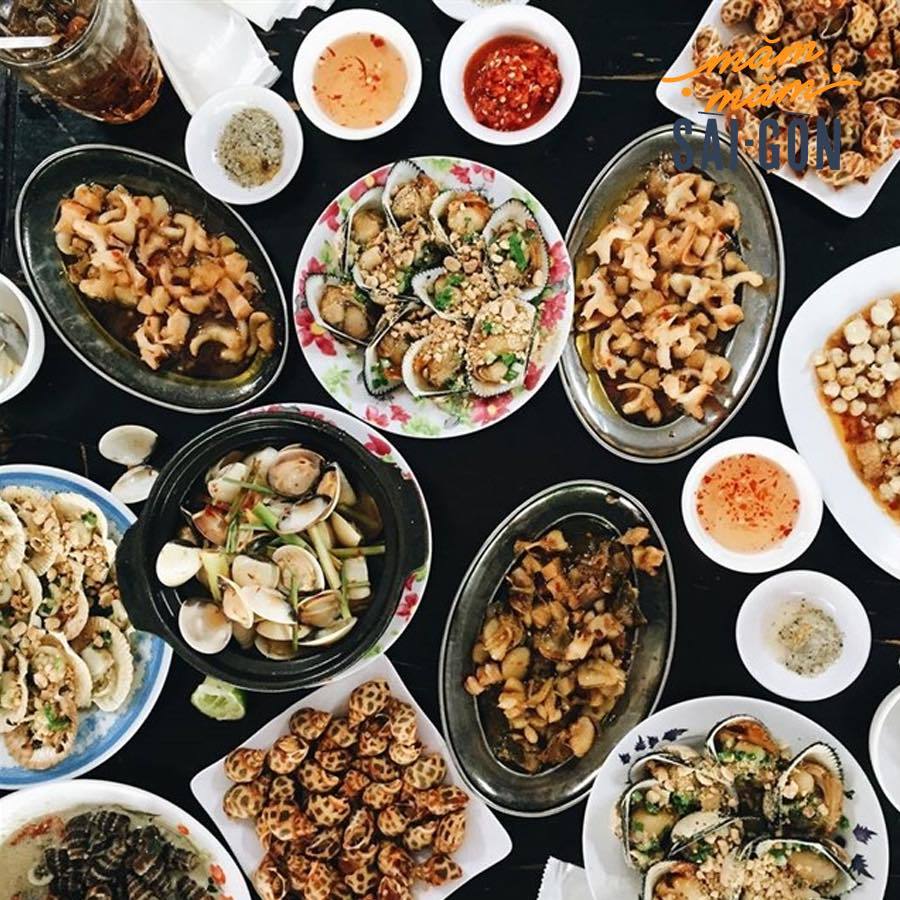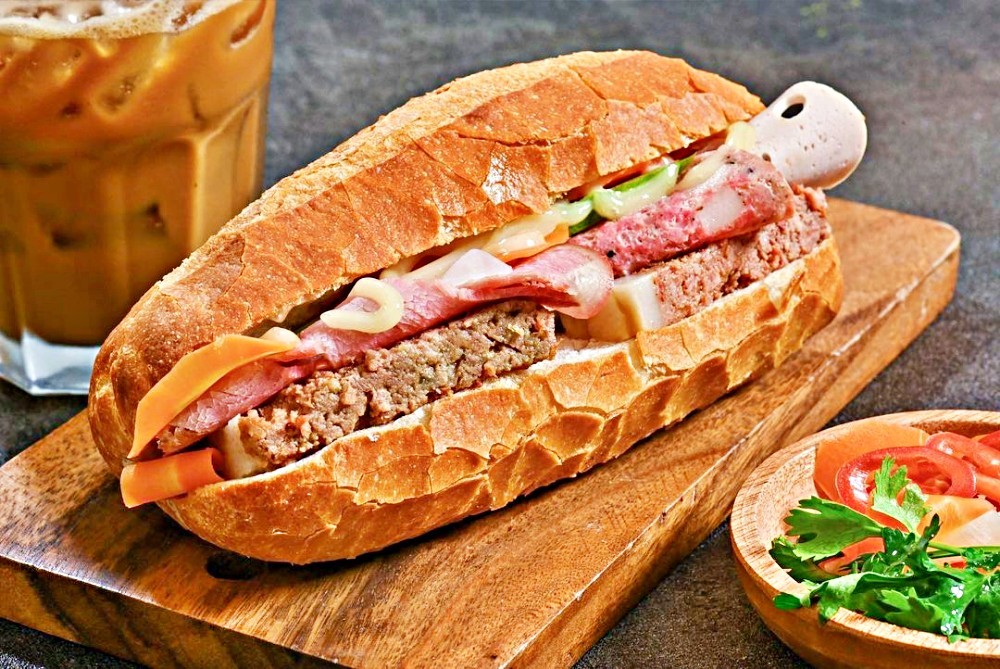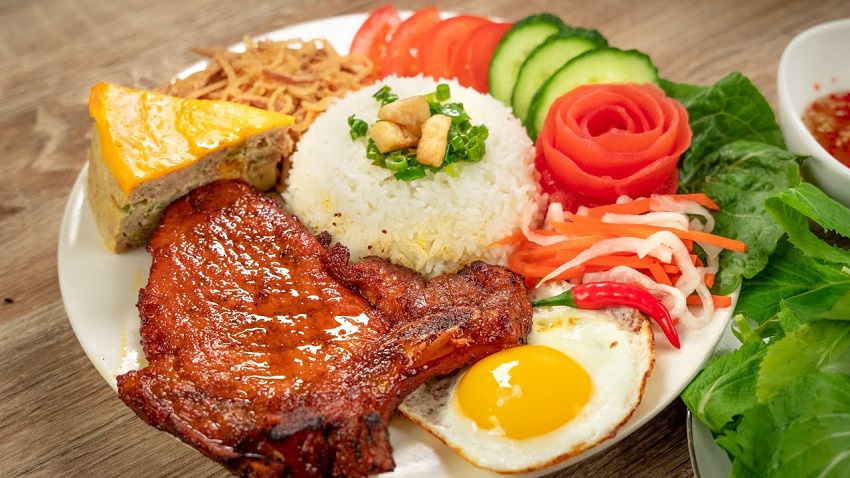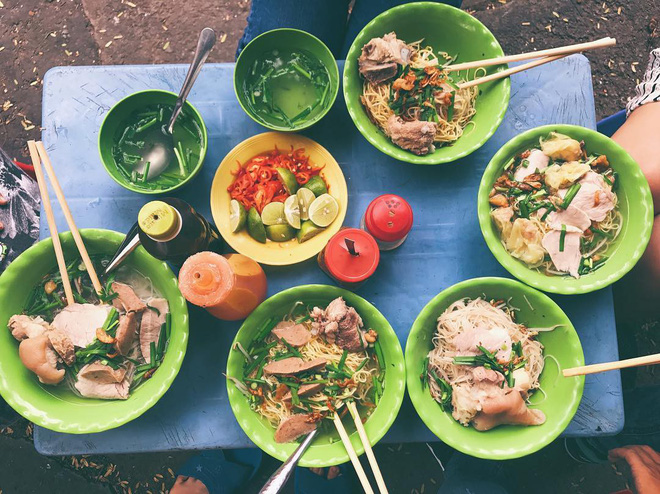Whereas Hanoi food tends to be more delicate, sticking to traditional recipes that go lighter on seasonings and spices, Saigon is truly a “hot pot” food city, voraciously combining ingredients and recipes from many different regions and cultures.
While Saigonese food has made its way through the country, what was born here is still best here. Experience Vietnam’s largest city through its dizzying array of local cuisine, working through street food staples up to fine dining experiences.
Every journey has secret destinations that even travelers can’t expect.
LIST OF COUNTRIES THAT ALLOWED E-VISA ISSUING (Click here)
Evisa Application form (Click here)
Ho Chi Minh City Street Food
Ho Chi Minh City’s cuisine is at its best on plastic chairs in tiny alleys. There’s more street food here than anything else, ranging from little popup carts transported by motorbike to enormous streetside eateries with tables and chairs consuming the sidewalk end-to-end.
Snails
Snails are the ultimate street food. They pair brilliantly with cold beer, and need to be eaten one by one, skillfully plucked from their shells. It’s fair to say snails serve a munch-function much like peanuts in Western bars, but instead of being dry and salty they are boiled, steamed, grilled, or sauteed, then slurped from rich and spicy sauces. Eating snails is a messy ordeal, worth every stain and napkin.
Banh mi
Next to pho, banh mi is perhaps the best-known Vietnamese dish. The iconic sandwich is said to have originated in Ho Chi Minh City and has since made its way around the world, but is prepared very differently in different parts of Vietnam. Because the baguette is the centerpiece of the dish, a good banh mi is dependent on the quality of bread.
The soft and crunchy baguette is first covered with pate and chili sauce, then stuffed with a variety of meats, fresh herbs, and pickled vegetables, usually carrot and daikon. The sauce is mandatory, and ties together the salty, sweet, and spicy flavors. The convenient delicacy is eaten at any time of the day and sold everywhere at absolutely any time. Try banh mi from a few different sellers to get used to the subtle differences.
Com Tam
Com Tam is perhaps the most essential Saigonese dish, a city staple found on nearly every street. The smell of barbecued pork wafts from com tam eateries to perfume busy streets and lure in hungry passers-by at all hours of the day.
Marinated pork ribs are slow-grilled over low heat for hours, allowing the flavor to absorb evenly while the meat remains juicy and tender. The ribs are then served over “broken rice” (rice that has been broken or fractured during harvest or processing), paired with an omelet, egg rolls, and sausages, and topped with onion fat or pork grease. Be sure to add a hefty serving of fresh and pickled vegetables for the full experience.
Hu tieu
Pho gets all the acclaim as Vietnam’s national soup, but hu tieu gives pho a run for its money. Pho is best in Hanoi, where northerners have spent a hundred years perfecting the recipe, while hu tieu is best in Ho Chi Minh City.
As with all Vietnamese soups, the best bits are in the broth. Hu tieu broth is simmered for hours with pork bones, dried squid and shrimp, and root vegetables. It’s a delicate, slightly sweet, clear broth, and is usually topped with boiled eggs and shrimp as well as pork every which-way: ground, lean, liver, intestines, and tongue. Different hu tieu eateries have different toppings, but these are the most common. Add a fistful of lettuce, bean sprouts, and scallions for balance.
Hu tieu can be served as a dry salad as well as a soup. When served as a salad, the broth comes in a bowl on the side – it’s the backbone of the dish.



